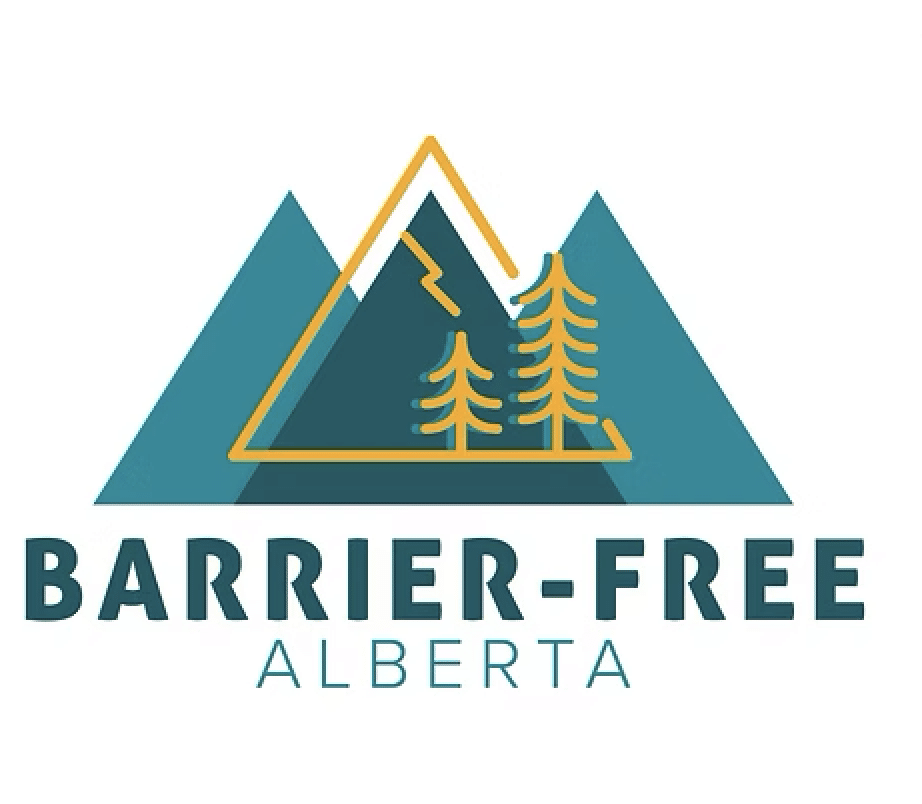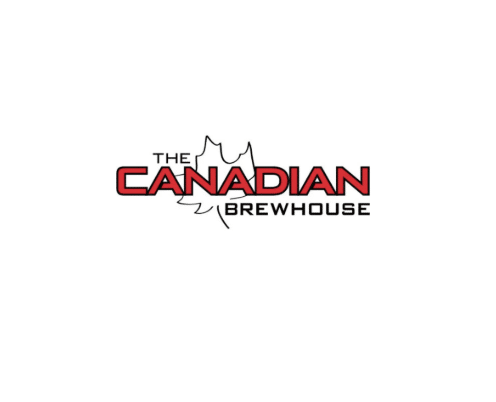Movements rarely begin with big headlines. Most often, they begin with a conversation and community. For Alberta’s disability advocacy community, that conversation began in 2007, when someone within the Calgary Ability Network recognized a troubling pattern: organizations were working in silos, often duplicating efforts and missing the opportunity to amplify their collective voice.
That conversation has since grown into a movement — one that is now province-wide, collaborative, and determined to bring disability legislation in Alberta into focus.
The Alberta Ability Network (AAN) was born from this need for connection, and within it, Barrier-Free Alberta (BFA) has become one of the most strategic and action-focused components. BFA is not a service provider or a front-line agency. It is a grassroots advocacy initiative born from Cerebral Palsy Alberta, focused solely on the creation of comprehensive accessibility legislation in Alberta — a province where over 30 separate disability-related policies exist, yet no singular framework unifies them.
It is advocacy work that is volunteer-led, community-rooted, and not funded by any level of government that has led the BFA initiative to push forward legislation.
Although BFA existed in different forms over the years, it wasn’t until between 202 and 2021 that the group began formalizing its strategy. In 2023, Michelle Kristinson, a leader new to the role and bringing fresh eyes to the work — noticed that BFA had been operating “in the dark,” and that while important conversations were happening, they weren’t being shared, scaled, or seen.
So in 2024, with the support of Cerebral Palsy Alberta and its communications team, BFA was relaunched.
Michelle reviews all content, ideas, and strategy before passing it on to the BFA committees, a structure designed for speed and cohesion. The committees themselves are made up of self-advocates, lawyers, accessibility consultants, and communications professionals, all people with lived and professional experience guiding every step.
It is an approach that recognizes that change doesn’t happen only at the grassroots level or only in government halls, it happens when both are connected, through connection and conversation.
Barrier – Free Alberta hosts Accessibility Now Rallies
In recent years, BFA has become known for its Accessibility Now rallies, often hosted during National Accessibility Week in May. These rallies are not protests in the traditional sense, they are calls for community, awareness, and systemic understanding. Attendees include artists, advocates, allies, and overwhelmingly, people with disabilities. While these gatherings often feel celebratory, there is an undercurrent of exhaustion, a recognition that it shouldn’t only be disabled people fighting for their own rights. The ask is that employers from multiple industries, employment support agencies and even government representation join the movement.
At the 2024 rally, over 200 people showed up in Calgary. There were ASL interpreters, handmade signs supported by an art toolkit, and a committee working behind the scenes to hold the space with care and strategy. Still, the lack of media coverage was palpable. These stories deserve platforms, and the silence around them continues to reflect the gaps that the legislation hopes to address.
Following the rally, BFA launched a letter-writing campaign to Members of the Legislative Assembly (MLAs), and they released a campaign titled “Accessibility: More Than You Think.”
Barrier – Free Pillars
One of the ongoing challenges BFA has faced is the limited public understanding of what accessibility really means. For many, accessibility begins and ends with the built environment – ramps, elevators, or door buttons.
While important, these are just one small piece.
In their campaign, BFA outlines ten pillars that they believe should be embedded within any provincial accessibility legislation. These include:
- Housing : Not just more units, but clear accessibility expectations in how housing is built.
- Health : Systems that support people bringing assistive devices into care settings, and training for healthcare providers.
- Transportation : Features like automated stop announcements for blind riders or universally accessible buses.
- Employment : Not only hiring but career development, retention, accommodation, and inclusive workplace cultures.
- Education, ICT (Information Communication & Technology), and communications Recognizing that websites, digital forms, and classroom tools must be accessible by design.
- Recreation : Often left out of legislative discussions but critical to well-being, especially for people with disabilities.
- And of course, the built environment – which remains essential, but is no longer enough.
“Accessibility legislation is more than just the built environment,” says Michelle. “It’s about systems. It’s about dignity.”
The committee behind BFA is intentional in its composition. When the Alberta Ability Network (AAN) began bringing people together, they prioritized decision-makers, executive directors, CEOs, and policy influencers, those with the authority to act on advocacy recommendations. While frontline workers remain critical to disability work, BFA understood that in order to create legislative change, those in power must also be at the table.
Membership is structured through applications, committee vetting, and planning sessions that ensure diverse, informed, and empowered participation. Once a month, AAN hosts “Lunch & Learns,” town halls, and ongoing discussions where the complex topic of legislation is broken down and made actionable.
BFA recognizes that legislation is not a magic fix. It will not eliminate ableism overnight. It will not replace funding, supports, or human rights mechanisms. But it is a starting point, a framework that holds systems accountable and provides guidance for municipalities, employers, service providers, and the public.
Without legislation, advocates fear that new programs, including recent disability-related initiatives in Alberta, will leave behind the very people they aim to support.
In advocacy, silos are dangerous. They delay progress, duplicate efforts, and isolate communities that need each other most. Through the Alberta Ability Network and BFA, silos are broken down. Member organizations refer to one another, share campaigns, resources, and data, and present a unified front.
The benefits of joining a collective like this are vast: community, shared expertise, and a platform for action. And perhaps most importantly, a space where lived experience is recognized as necessary expertise.BFA’s motto – “The Future Is Inclusive” – is more than a slogan. It’s a directive. It’s a reminder that accessibility benefits everyone: seniors, parents with strollers, people navigating injury, and anyone else who might experience barriers, even temporarily. Accessibility is not just about disability, it’s about designing a world that works for all of us.





